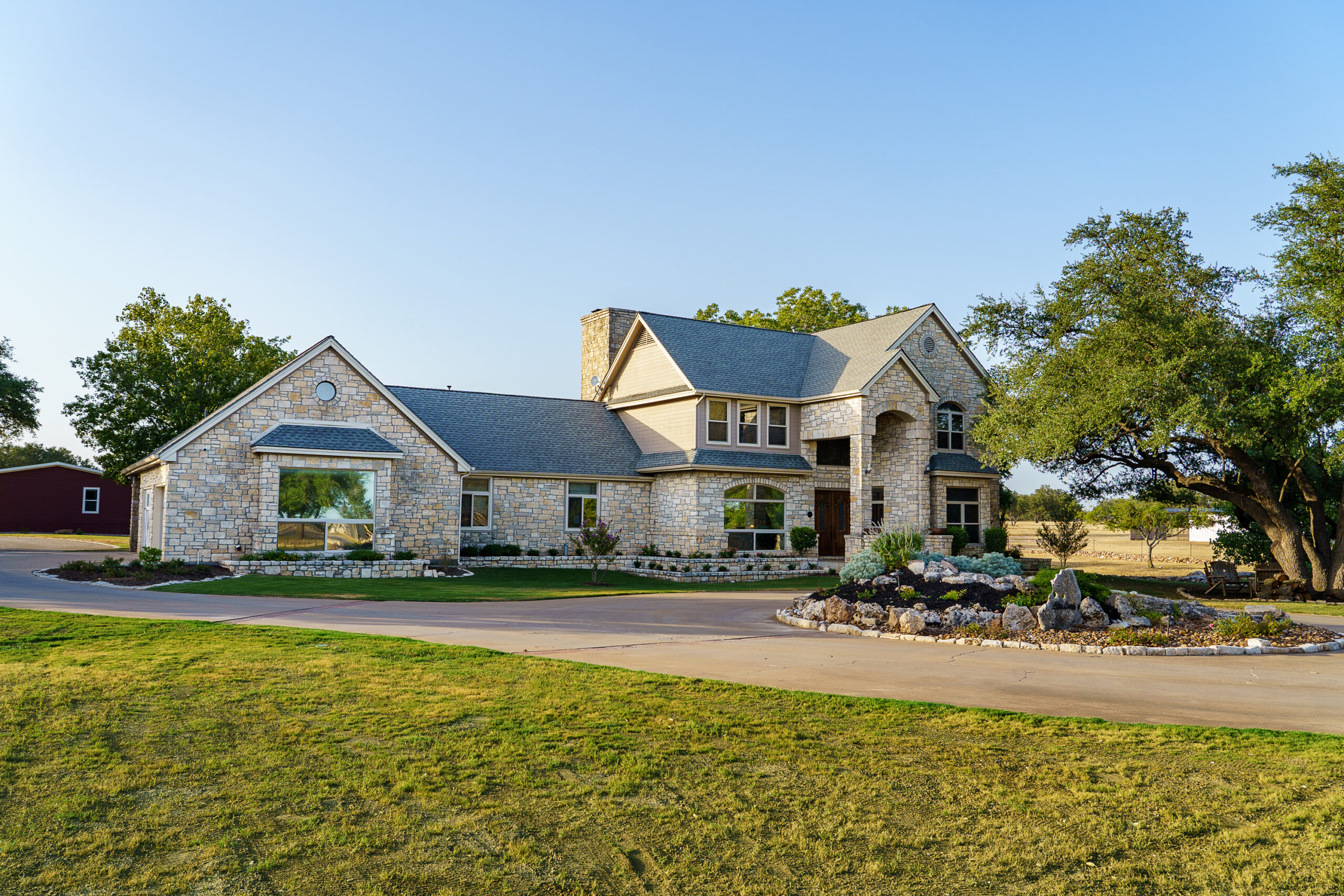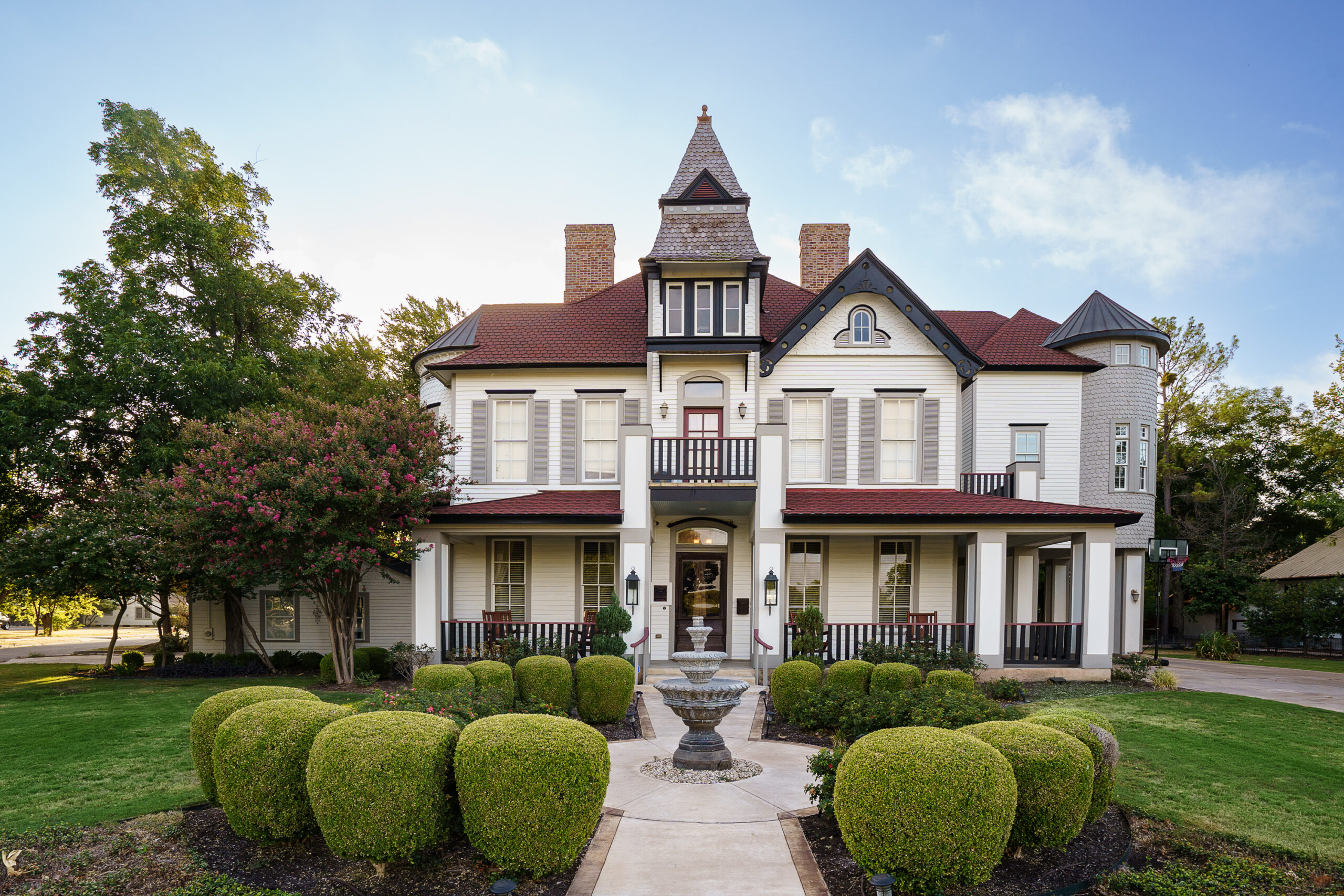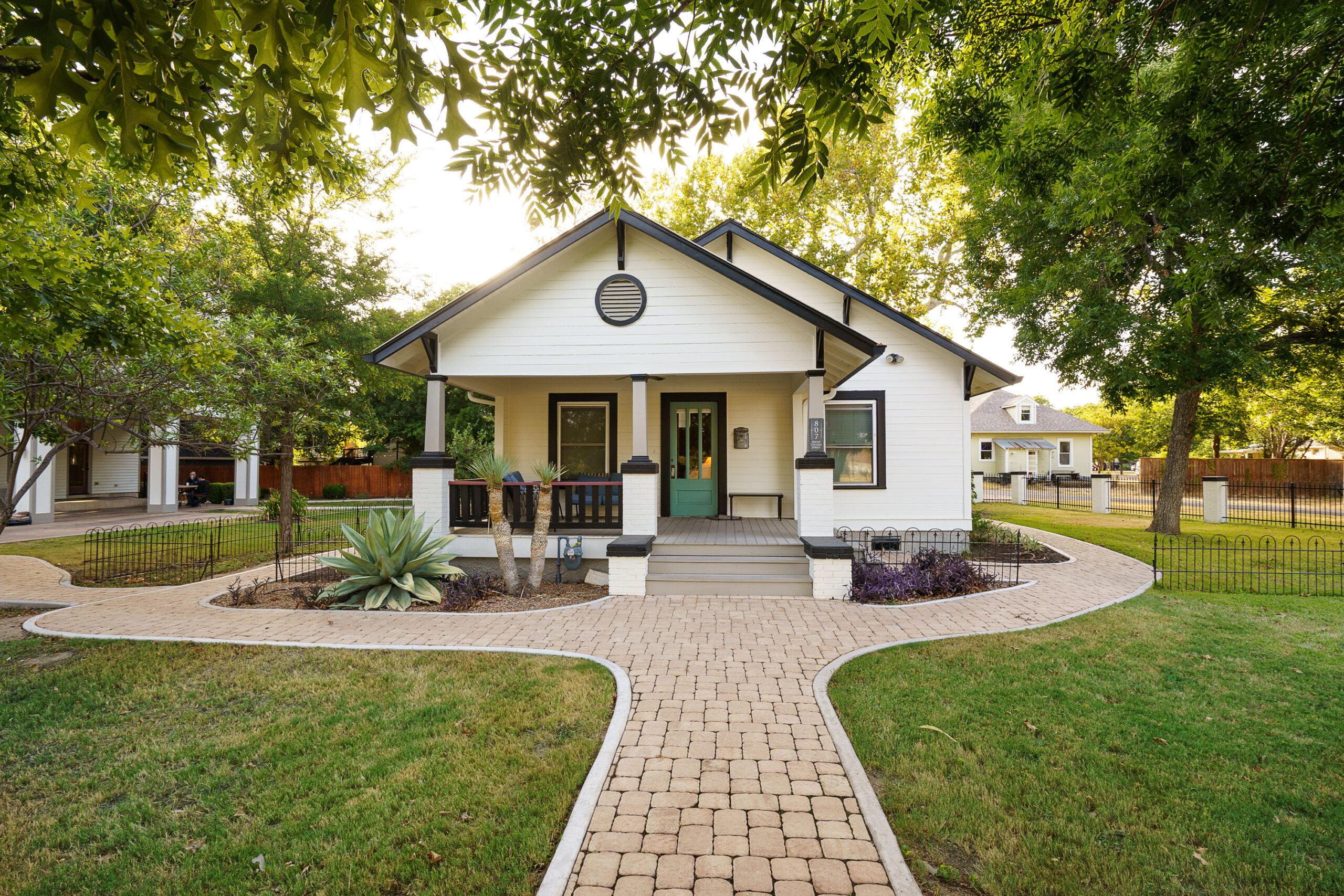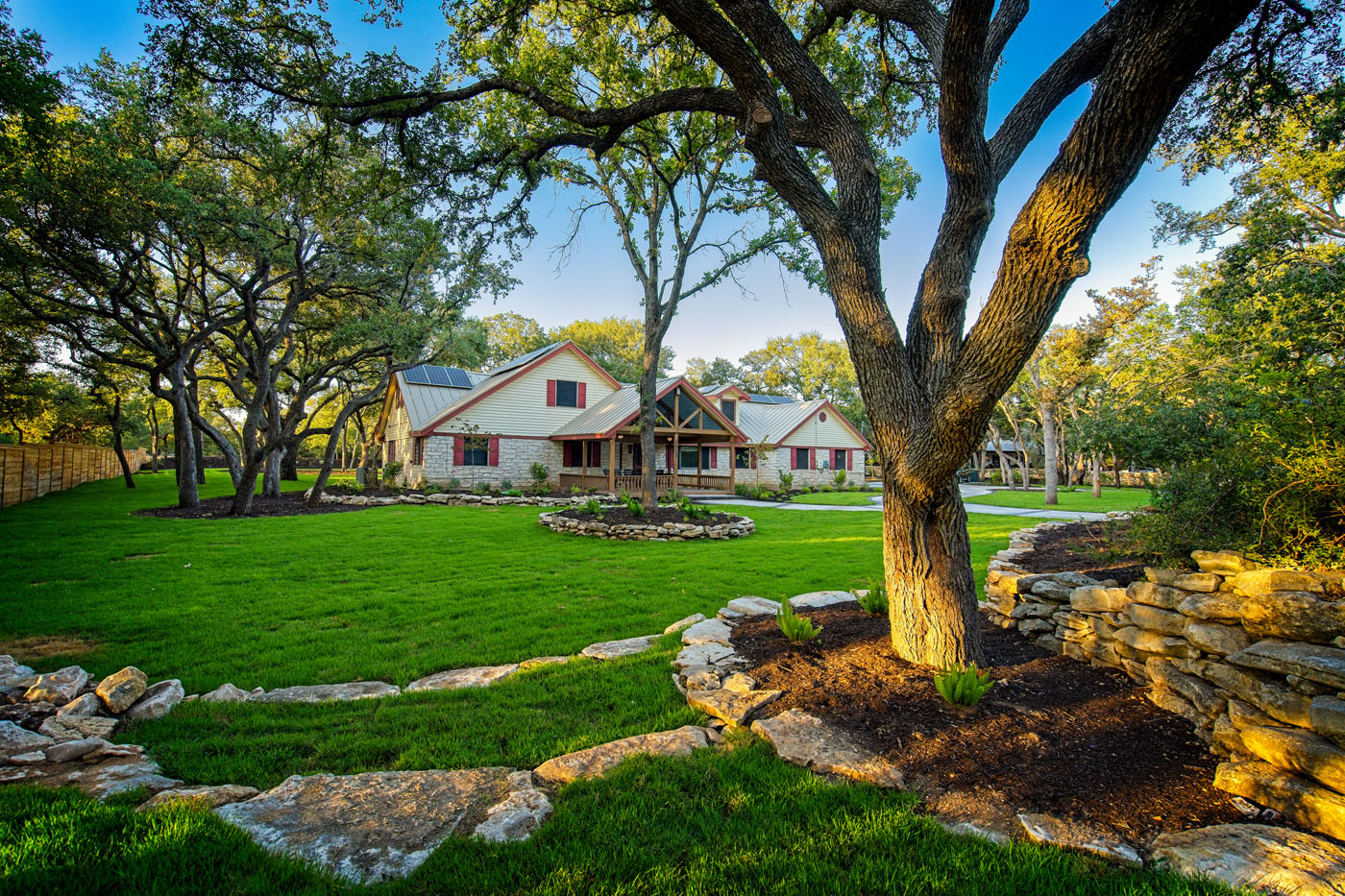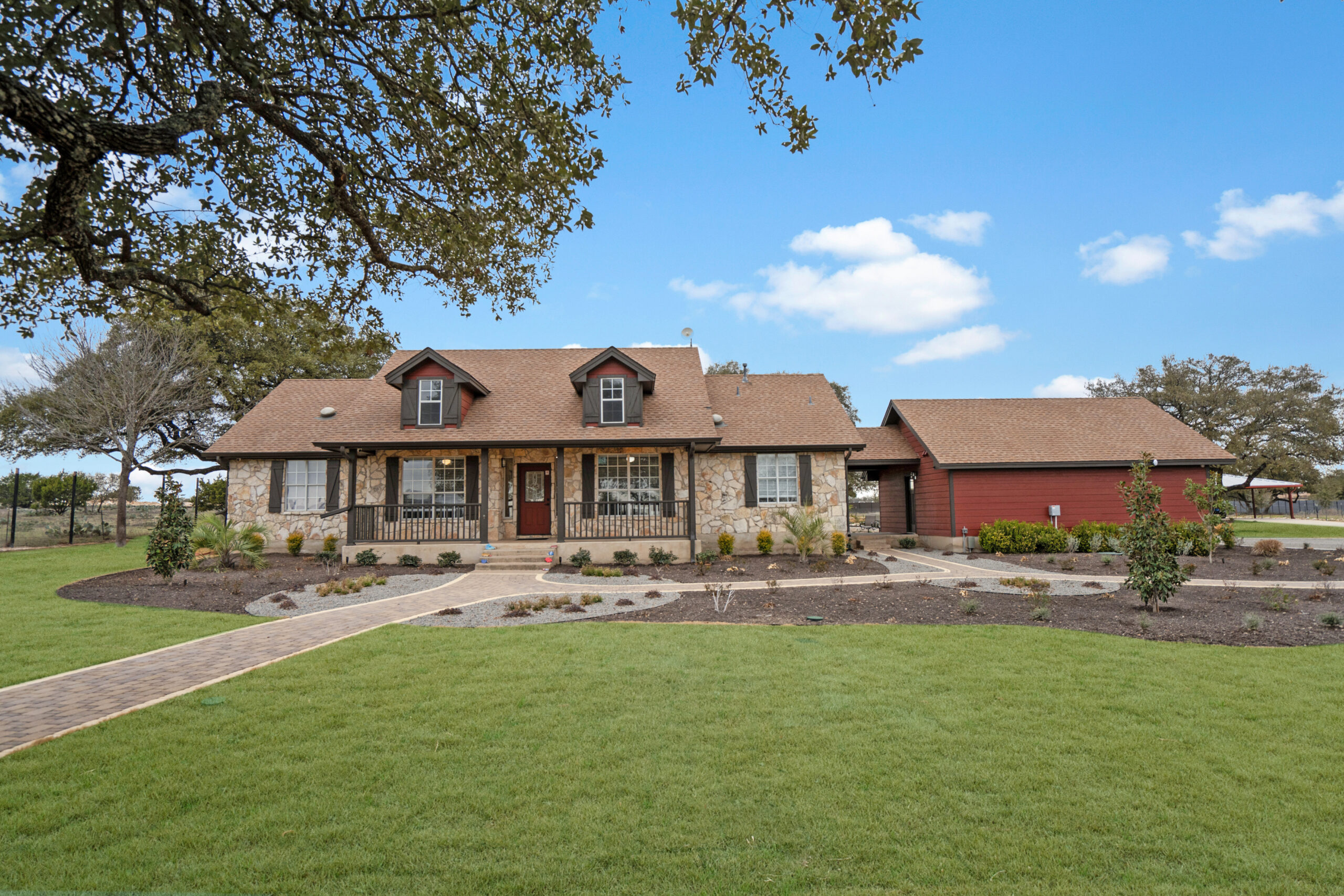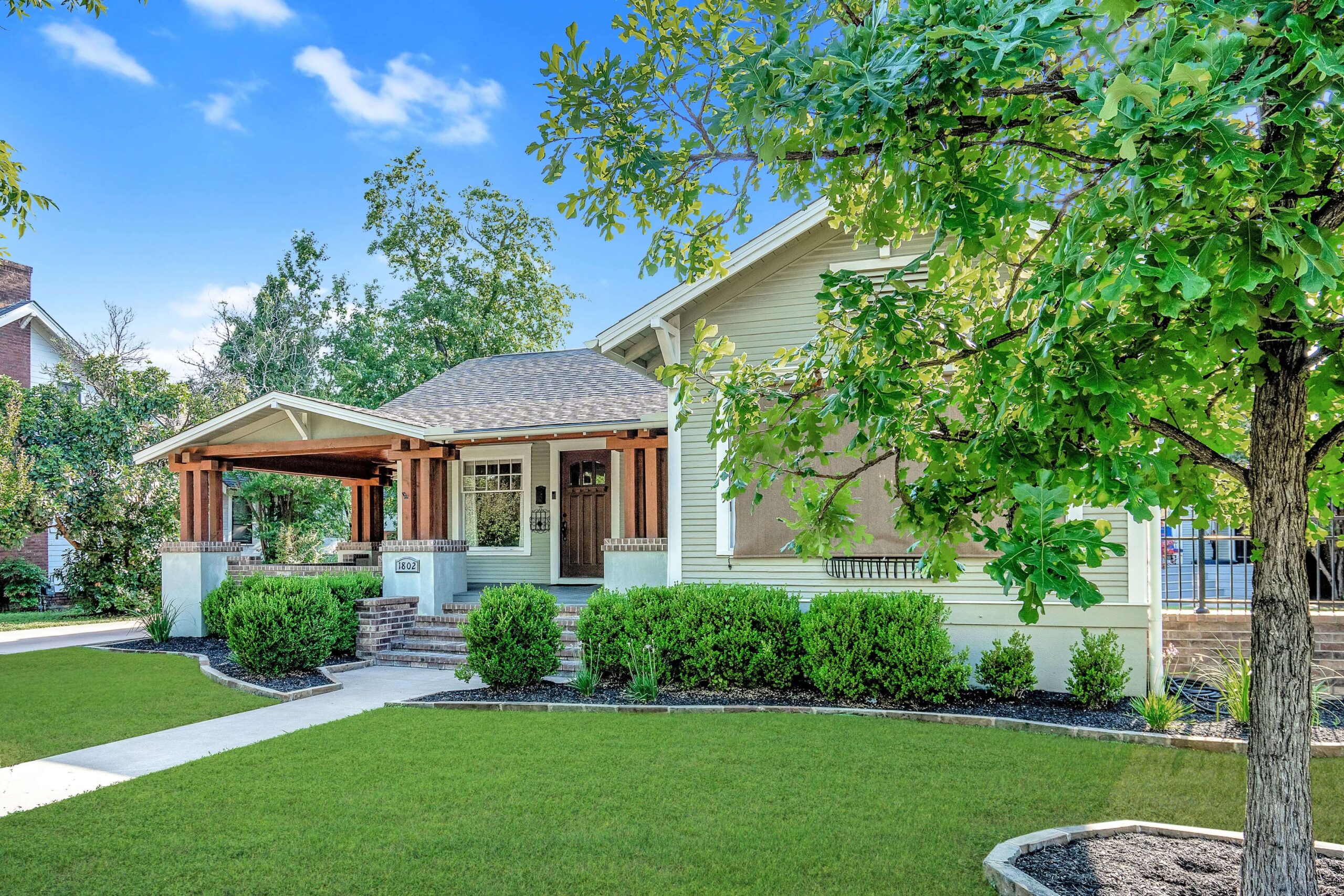The Benefits of Bipolar Residential Treatment for Women
Seeking help for bipolar disorder signifies a pivotal moment of courage and determination for many women. Engaging in bipolar residential treatment women can considerably enhance their quality of life. It’s a transformative journey that restores autonomy and bolsters emotional resilience. The initial phases often focus on stabilizing mood swings and nurturing mental health, empowering women to regain control over their lives.
Residential programs are uniquely equipped to address the complexities of bipolar disorder. They provide women with 24-hour support, a crucial aspect often absent in outpatient care. This continual access to care professionals ensures that women can safely navigate through their emotions and triggers within a secure environment. By fostering a community atmosphere, it encourages solidarity and mutual understanding among women sharing similar experiences.
How to Choose the Right Residential Treatment Center
Selecting the appropriate bipolar residential treatment women program involves thorough research and self-reflection. Begin by assessing the level of care you or your loved one requires. Many treatment centers offer a spectrum of services, from intensive inpatient care to partial hospitalization, ensuring a tailored fit for every individual’s needs.
Look for facilities that offer a blend of therapeutic approaches, including cognitive behavioral therapy (CBT) and dialectical behavior therapy (DBT). These evidence-based modalities are vital in managing bipolar disorder. It’s also beneficial to consider programs offering holistic therapies such as art or music therapy, as they can enhance treatment outcomes by addressing non-verbal forms of expression and healing.
Community involvement can be a deciding factor. Centers that incorporate family therapy and provide robust aftercare programs facilitate smoother transitions back into daily life. Remember, the goal is to select a program that not only treats the disorder but also supports re-integration into society as a confident and empowered individual.
Lastly, never underestimate the importance of a center’s environment. A serene and therapeutic setting can significantly contribute to mental well-being, helping individuals feel calm and focused on their healing journey.
What Qualifies as an Emergency in Bipolar Residential Treatment for Women?
An emergency within bipolar residential treatment women involves any situation where a woman’s safety or the safety of others is at risk. It typically includes severe mood swings, suicidal ideation, or extreme behavioral changes that necessitate immediate professional intervention.
When such situations arise, staff members are trained to implement crisis intervention protocols designed to stabilize emotions and ensure everyone’s safety. Ensuring rapid response and compassionate care during these instances is key to maintaining a therapeutic environment.
Understanding when to escalate concerns is vital for both loved ones and residents. An open line of communication with treatment providers can preemptively address potential crises, ultimately reducing the frequency and intensity of emergency situations.
Personal Insights and Professional Experiences
As a mental health professional with over two decades in the field, I’ve witnessed firsthand the profound impact that comprehensive treatment can have on women struggling with bipolar disorder. While working at facilities like Alta Loma, we’ve focused intensely on not just treating the disorder, but nurturing the entire individual. This holistic approach allows women to gain a deeper understanding of their condition and the tools needed for lifelong management.
An unforgettable moment occurred during a session where a resident shared her breakthrough experience with our art therapy program. Initially resistant, she gradually embraced the creative process, finding a new sense of peace and expression. Her progress exemplified the powerful synergy of personalized therapy and supportive environments. Through this journey, I’ve learned that every therapeutic success story is unique, driven by empathy, expertise, and the relentless pursuit of healing.
Steps to Enter a Bipolar Residential Treatment Program for Women
- Initial Inquiry: Contact potential centers to discuss available programs and treatment philosophies.
- Assessment: Undergo a comprehensive assessment to determine the most suitable level of care.
- Admission Plan: Collaborate with admission counselors to develop a personalized treatment itinerary.
- Financial Consultation: Discuss insurance coverage and payment options to manage costs effectively.
- Transition to Treatment: Once admitted, participate in orientation to familiarize with staff and facilities.
These steps are pivotal in ensuring a smooth transition into effective bipolar residential treatment women options. Addressing both the logistical and emotional aspects of treatment can greatly enhance the overall experience and outcomes.
Common Questions About Bipolar Residential Treatment for Women
- How long does the average treatment last? Treatment duration varies but typically ranges from 30 to 90 days, with longer options available for those in need of extended care.
- Can family members visit? Family involvement is often encouraged through visits and therapeutic sessions to strengthen support networks.
- Is medication management included? Yes, medication management is a crucial component of most programs, ensuring that each woman’s medication regimen is precisely tailored and monitored.
Addressing these questions can help demystify the process of bipolar residential treatment women, making it more accessible and less daunting for those embarking on this transformative journey.
